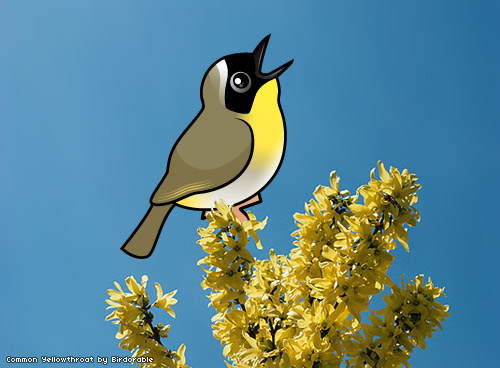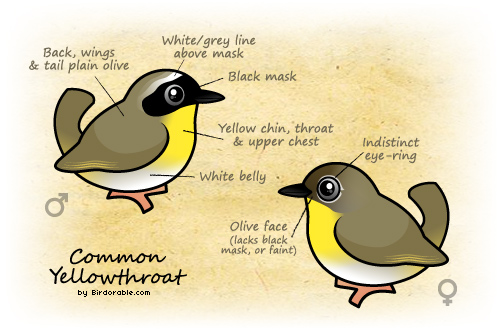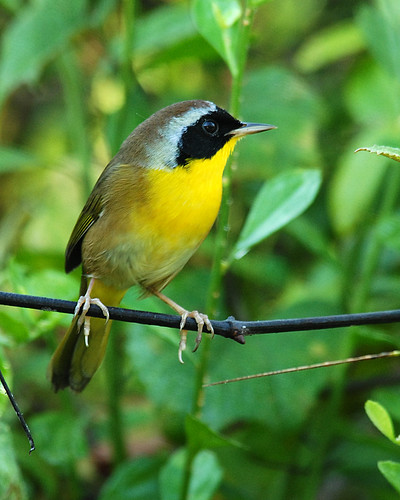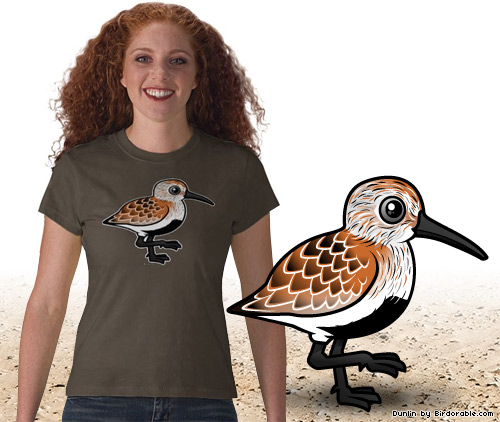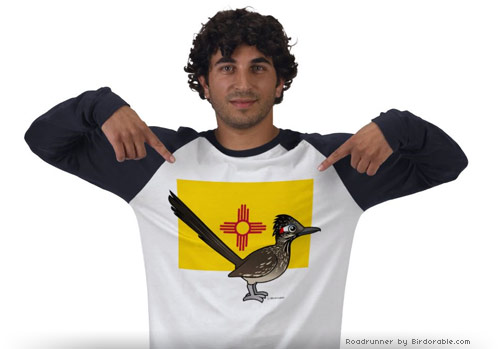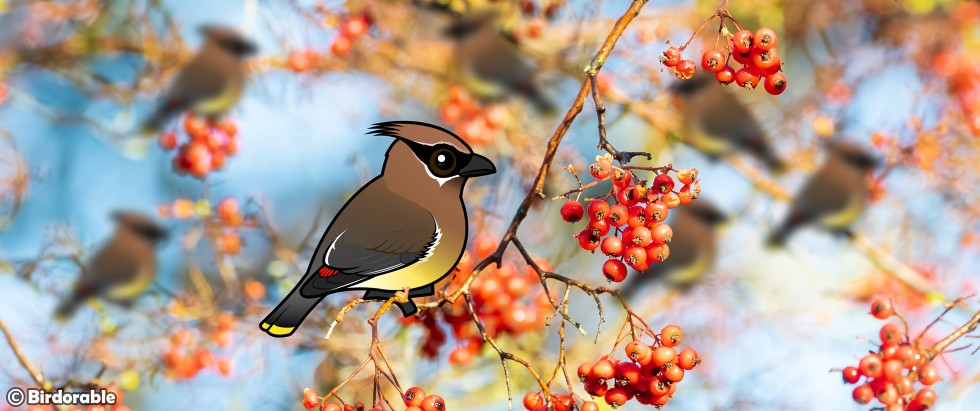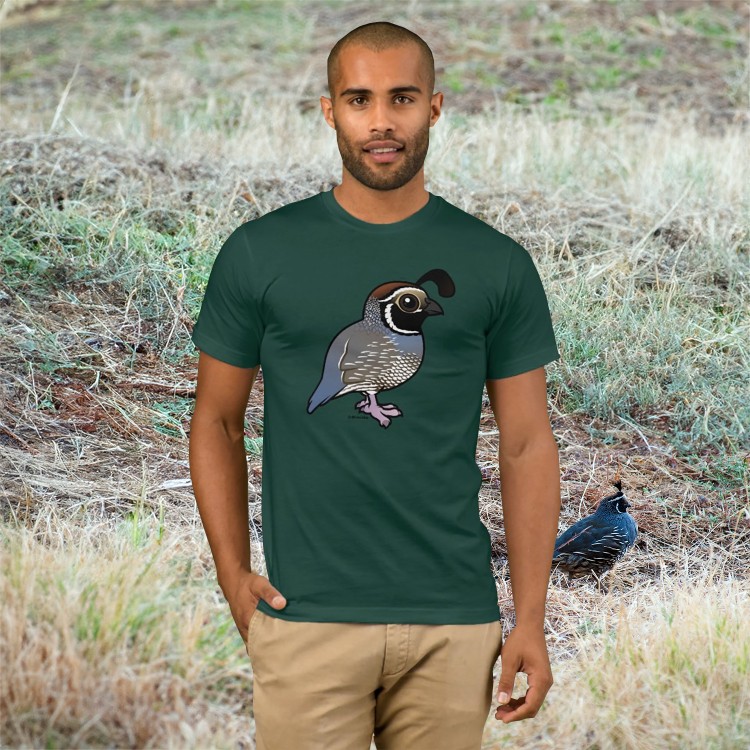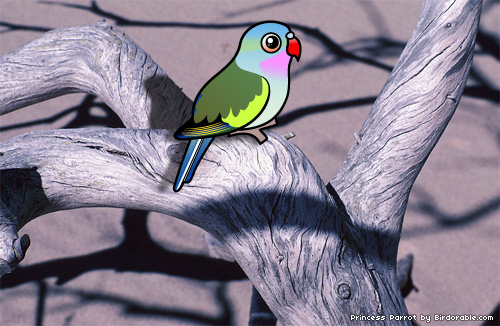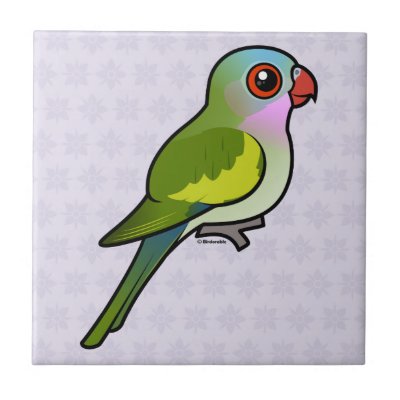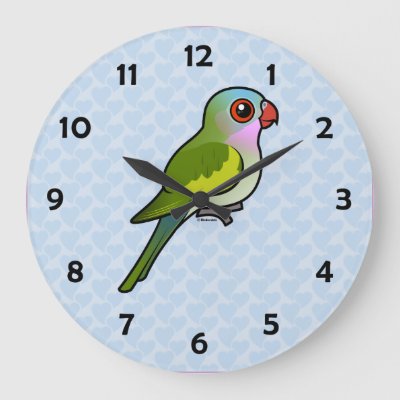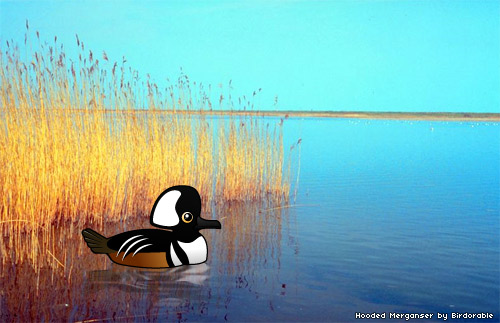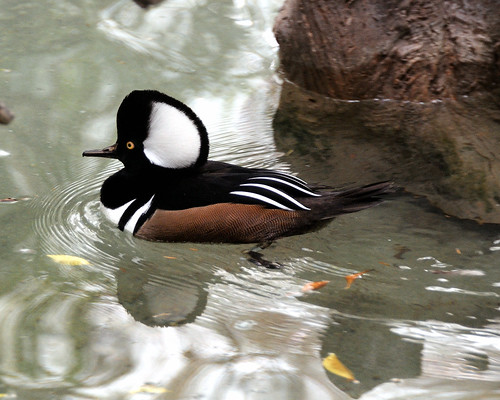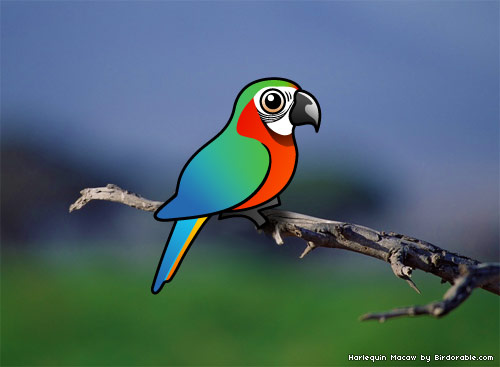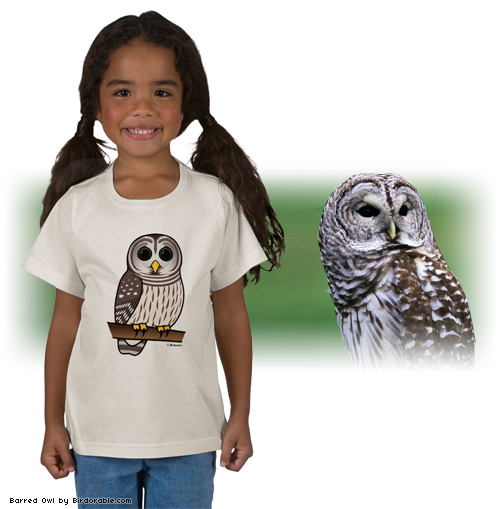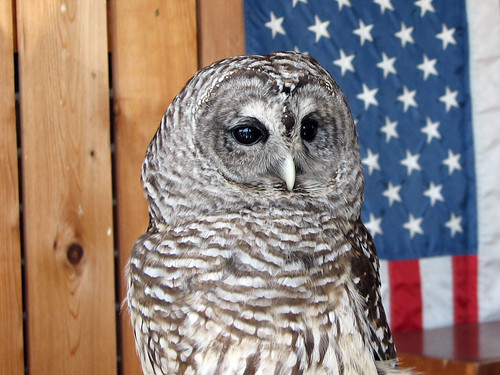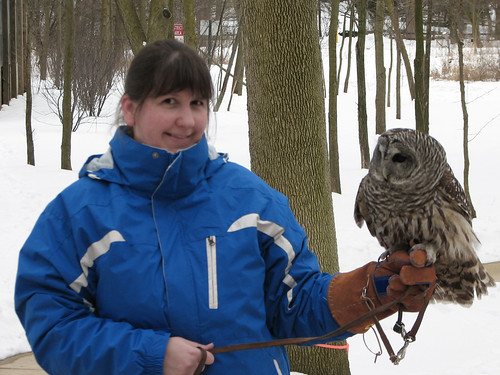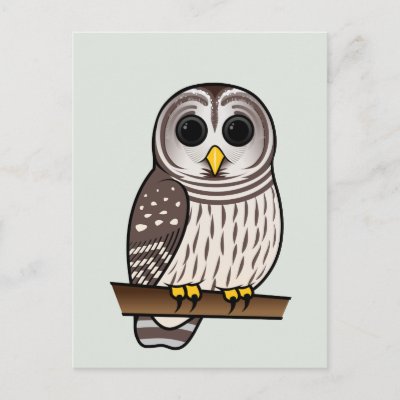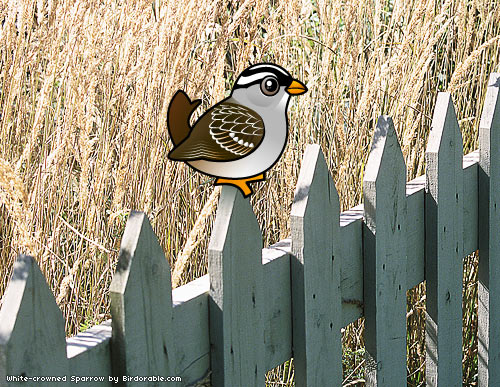
The White-crowned Sparrow is a beautiful sparrow that can be found across most of North America, where it breeds roughly in Alaska and northern Canada and spends the winter in most parts of the USA. The birds that breed in Alaska will migrate about 2,600 miles to winter in southern California. They are easily recognized by their bold black-and-white stripes on the head and pale grey chest. They'll come to backyard feeders to eat sunflower and other seeds, although they often prefer to stay on the ground eating seeds dropped by other birds.

Photo by Ananda Debnath (source: Flickr)






